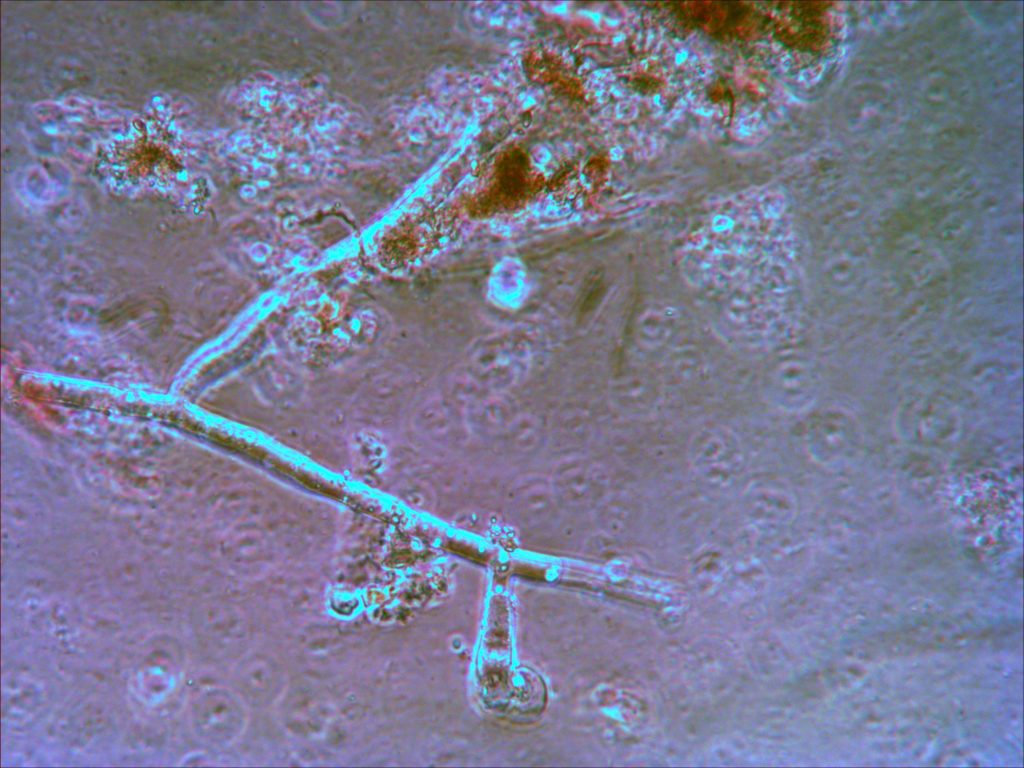An excellent article on the Role of Microorganisms in Soil Health by Christopher Johns, Research Manager, Northern Australia and Land Care Research Programme
Key Points
- Fertile soils teem with microorganisms, which directly contribute to the biological fertility of that soil.
- Biological fertility is under-studied and our scientific knowledge of it is incomplete.
- In addition to fertility, soil microorganisms also play essential roles in the nutrient cycles that are fundamentally important to life on the planet.
- In the past, agricultural practices have failed to promote healthy populations of microorganisms, limiting production yields and threatening sustainability.
- Scientific research is exploring new and exciting possibilities for the restoration and promotion of healthy microbial populations in the soil.
‘Soil is essential for the maintenance of biodiversity above and below ground. The wealth of biodiversity below ground is vast and unappreciated: millions of microorganisms live and reproduce in a few grams of topsoil, an ecosystem essential for life on earth…’
From: Australian Soils and Landscape, An Illustrated Compendium
Soil fertility comprises three interrelated components: physical fertility, chemical fertility and biological fertility. Biological fertility, the organisms that live in the soil and interact with the other components, varies greatly depending upon conditions and it is highly complex and dynamic. It is the least well-understood fertility component. In addition to soil fertility, soil microorganisms play essential roles in the nutrient cycles that are fundamental to life on the planet. Fertile soils teem with soil microbes. There may be hundreds of millions to billions of microbes in a single gram of soil. The most numerous microbes in soil are the bacteria, followed in decreasing numerical order by the actinomycetes, the fungi, soil algae and soil protozoa. A better understanding of soil microbiology is essential if agricultural production is to meet the needs of a growing world population. In many regions, the healthy microbe population is still being threatened, and not promoted, by agricultural practices.

